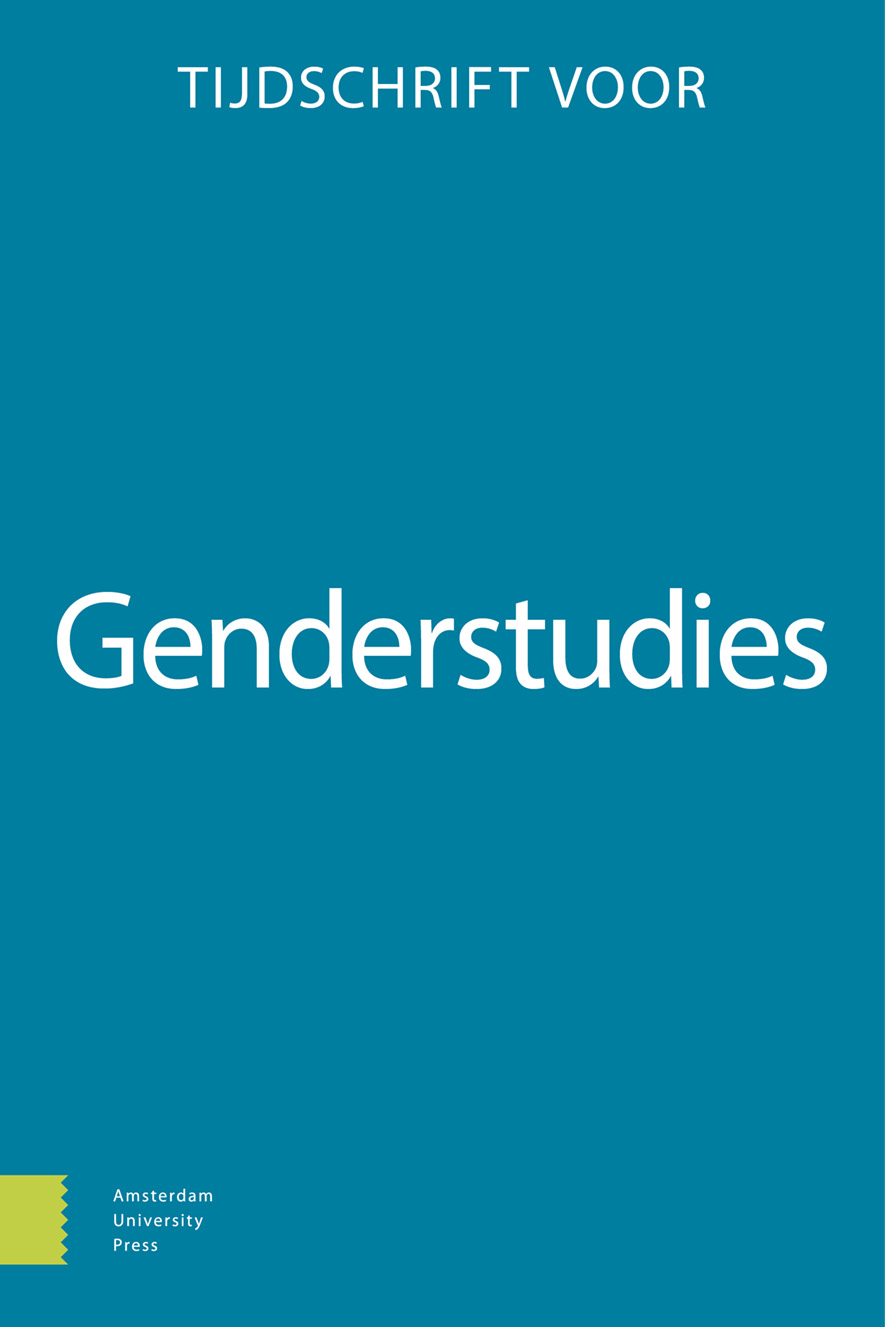-
OAMuslim clothing and Swedish whiteness
Becoming Muslim and the mobility of white converts to Islam
- Amsterdam University Press
- Source: Tijdschrift voor Genderstudies, Volume 21, Issue 3, sep. 2018, p. 265 - 280
-
- 01 sep. 2018
Samenvatting
Abstract
This article discusses social positions of Swedish female converts to Islam who have previously passed as white majority Swedes, but whose experiences have changed, sometimes radically, since donning the hijab. It addresses their accounts of being treated and evaluated differently by teachers, co-workers, family, and friends, and having their choices questioned by strangers. It also examines the double standards that white converts to Islam must negotiate when dealing with daily life in Sweden, and how becoming a Muslim leads to frequent exclusion from constructed whiteness and Swedishness and the privileges attached to those positions.
© 2018 Amsterdam University Press


